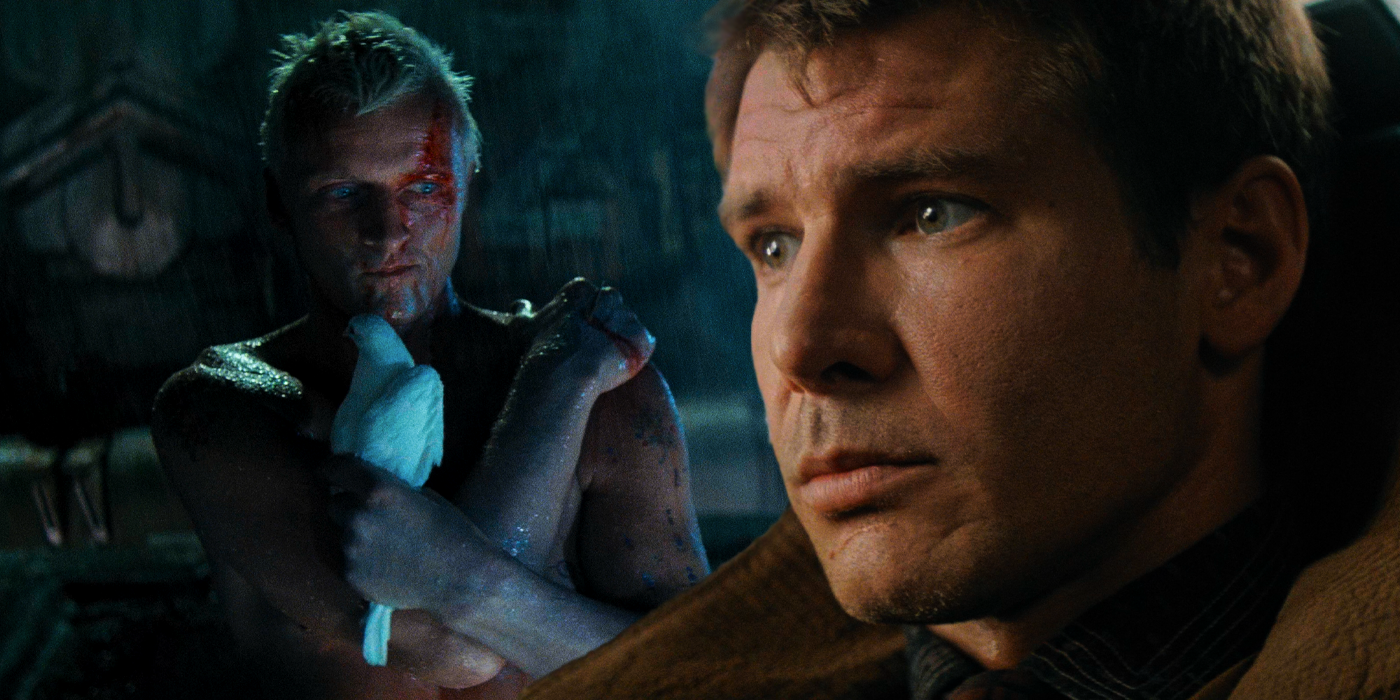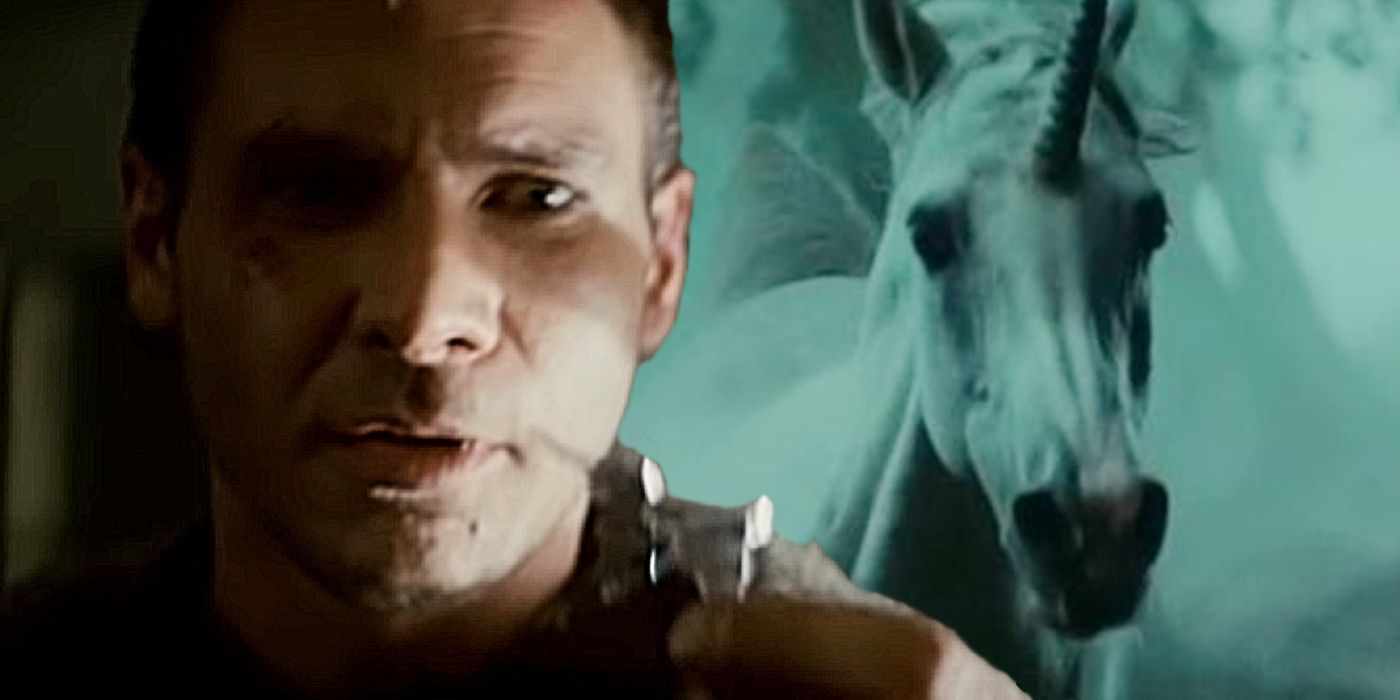Many believe that Ridley Scott’s Final Cut of Blade Runner is the best version of this extraordinary and immensely influential science fiction thriller, but it actually damaged the film in one critical way. Though Scott’s immaculately transferred version of the film makes its doomy, dystopian 2019 Los Angeles vistas more awe-inspiring than ever, unobtrusively tightens the special effects, and rectifies some technical errors, this version also removes some of the ambiguity pertaining to the film’s long-debated conundrum over whether or not Harrison Ford's replicant-hunting protagonist, Deckard, is actually human.
Adapted from esteemed science fiction sci-fi writer Philip. K. Dick’s 1968 novel Do Androids Dream of Electric Sheep, Blade Runner was first released into cinemas in the summer of 1982 in two versions—a U.S. theatrical release and a more violent international release. They were met with mixed critical reception and underwhelming box office returns. In the decades since, Scott has sought to go back to the film on numerous occasions in order to fully realize what he and his collaborators originally intended. The first significant revision came in the form of 1992’s Director’s Cut which omitted Harrison Ford’s studio-demanded narration and perfunctorily optimistic ending while planting the idea that Deckard may not actually be human. Later, 2007’s Final Cut would make the aforementioned refinements and push the ‘Deckard-being-a-replicant’ notion further. Though Blade Runner's theatrical cut has its defenders, Christopher Nolan among them, most agree that the best version of the film falls somewhere between Blade Runner's Director’s Cut and The Final Cut.
As evidenced in numerous interviews, Scott is a firm believer that Deckard is a replicant–a belief that opposes Ford’s view of the character. Accordingly, with each revised iteration of Blade Runner, Scott has gradually chipped away at any ambiguity regarding this particular mystery when it was left perfectly poised in the 1992 Director’s Cut. In that version, there are subtle indicators such as Deckard not being in any of the photos in his apartment, fellow cop Gaff’s (Edward James Olmos) somewhat condescending commendation—“You’ve done a man’s job, sir”—and Blade Runner's sympathetic antagonist replicant Roy Batty (Rutger Hauer) inexplicably knowing Deckard’s name. The most vital clue, however, comes with the unicorn motif. In this version, the unicorn invades Deckard’s reverie as it gallops through the mist and then later reappears in the form of an origami model left by Gaff; a slyly ominous communication by the powers-that-be to Deckard that they know what's inside his head.
The Final Cut overembellishes this fundamental aspect of the enigma to the point where it feels that Scott is forcing an unmistakable view on it rather than allowing the audience to question it for themselves. Through the minimal editing and dreamlike atmosphere of the earlier sequence in the 1992 studio-controlled Director's Cut version, Deckard’s Blade Runner unicorn dream is allowed to be planted in the audiences' subconscious as much as it seems to be a part of his. It comes out of nowhere and Deckard himself either doesn’t notice it or simply dismisses it. In the Final Cut, however, clunky editing and close-ups of Deckard's reactions dispel part of the ambiguity. By showing Deckard fully acknowledging what he is experiencing, it also goes against the idea that a replicant wouldn’t question their own memories and thoughts while also begging the question as to why Deckard doesn’t ever interrogate the instance more.
It’s a small difference from the 1992 version, but it certainly makes an impact when dealing with something that's still essentially intended to be ambiguous. Though 2017’s much-anticipated sequel Blade Runner 2049 managed to carefully unpack, explore, and preserve this fascinating cinematic conundrum, Blade Runner: The Final Cut, for all it did right, still rests a little awkwardly on the subject. In addition, forcing audiences to ponder over what is essentially an ancillary matter subtracts from the more fundamental concern of if audiences would empathize with Deckard if he was a replicant or not. As pristine as The Final Cut is, then, it’s essentially the "Nexus" version of Blade Runner; it tries to pass itself off as its truest iteration, but it ultimately fails the Voight-Kampff test.


